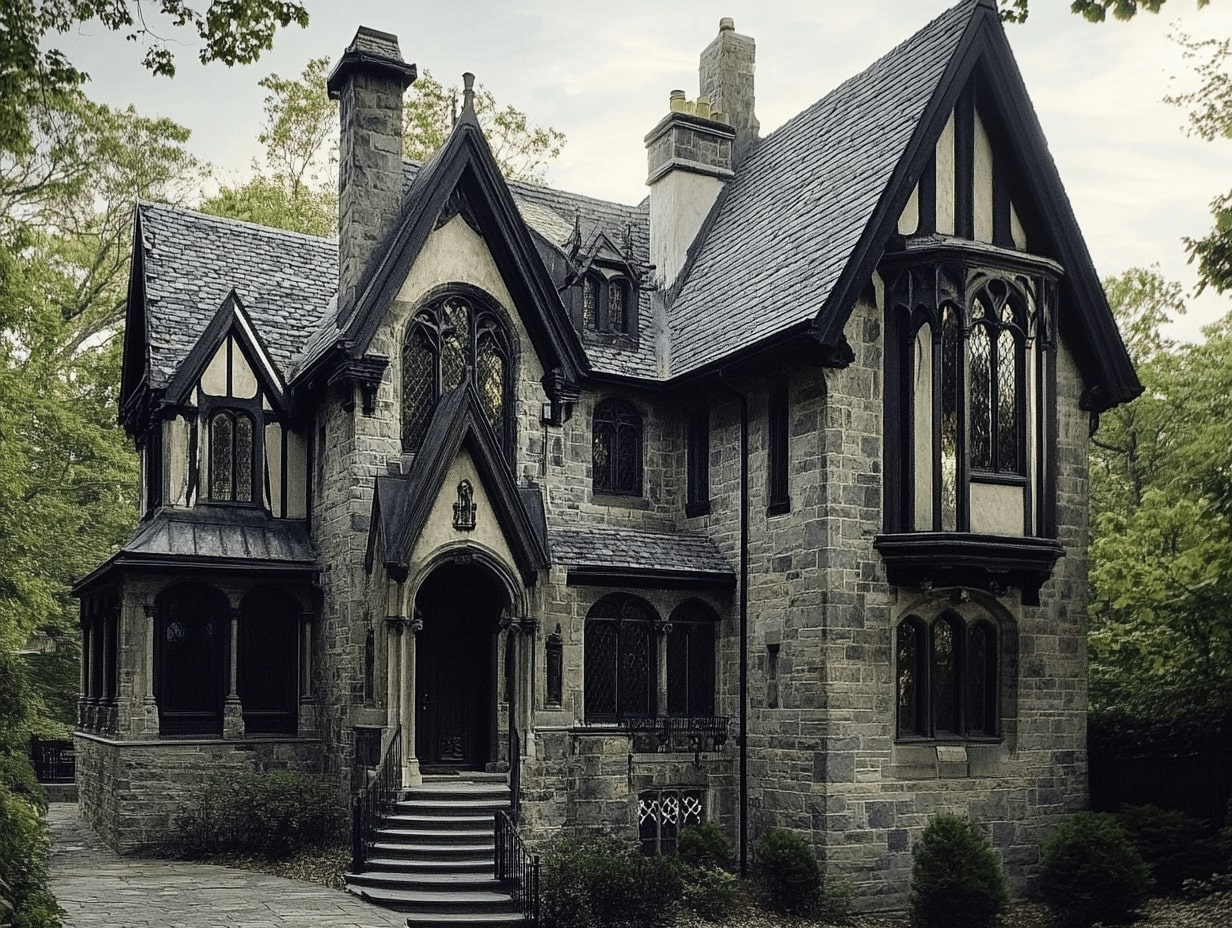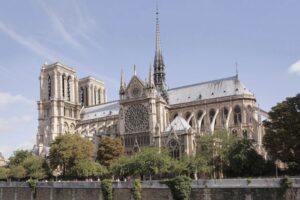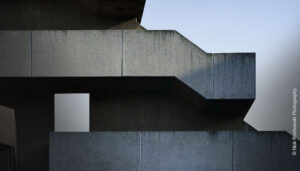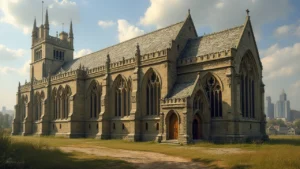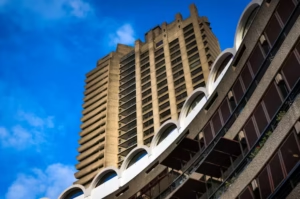Beyond Steel and Glass: A New Purpose for Design
Sleek lines, cutting-edge materials like steel and glass, and a rejection of traditional decoration have long been characteristics of modern architecture. Even though this style is still popular, modern design now has a deeper, new goal at its core: creating spaces that foster cultural and social interaction. Contemporary cultural and social architecture aims to create places that actively promote community, celebrate identity, and improve our shared human experience—it is not simply about designing beautiful buildings.
This change in emphasis is a direct reaction to contemporary issues, such as urban landscape homogenisation and social isolation. More and more architects are realising that they are social innovators who use design as a means of addressing societal issues. As a result, there is a new breed of public spaces and structures that are inclusive, flexible, and profoundly meaningful to the people they serve. These structures are cultural anchors that convey a story and offer a place for shared existence; they are more than just utilitarian.

National Museum of Qatar Lighting by L’Observatoire International, Doha, Qatar//source: architizer.com
The Principles of Socially Conscious Design
What, then, characterises this recent development in contemporary social and cultural architecture? It combines a number of fundamental ideas that put people and their relationships first.
Accessible and Inclusive Spaces:
The idea that everyone should feel empowered and accepted is the basis of social architecture. Modern architecture places a high priority on universal access, going beyond basic lifts and ramps to create spaces that are welcoming and functional for people of all ages and abilities. Features like multiple seating options, tactile paths, and programming that appeals to a wide spectrum of community members are examples of this. The objective is to remove obstacles and establish areas where people from various origins and generations can coexist peacefully.
Participatory and Community-Centered Design:
Building a social space with the community, not simply for it, is the key to its success. Participatory design methods are being used by architects and urban planners more frequently to involve locals in the planning and development of their surroundings. By working together, the community’s needs, values, and goals are authentically reflected in the finished design, which promotes pride and a sense of ownership. With this trend, architecture shifts from a top-down, expert-driven approach to one that is more inclusive and democratic.
Adaptive Reuse and Integration with Context:
The best environmentally friendly and culturally aware designs frequently start with what already exists. One of the main characteristics of contemporary social architecture is adaptive reuse, which is the process of giving old structures new uses. Designers can revitalise a neighbourhood while preserving historical character by converting abandoned railway tracks into public parks or disused factories into thriving cultural hubs. This strategy builds a more robust and vibrant future while paying respect to the past. New York City’s High Line serves as an example of how innovative adaptive reuse can change a city and establish it as a cherished cultural landmark.

credit: architezer.com
Famous Illustrations of Contemporary Social Architecture
There are many instances that demonstrate this design concept in action, ranging from well-known architects to neighbourhood projects.
The humanitarian work of Shigeru Ban:
Shigeru Ban, a Japanese architect who won the Pritzker Prize, is well-known for his humanitarian endeavours. He has created community centres and temporary accommodation for people affected by natural catastrophes utilising inexpensive, environmentally friendly materials like cardboard tubes. His work demonstrates that, in times of crisis, contemporary architecture can be a potent force for social good by offering not only shelter but also dignity and a sense of community.

credit: archdaily.com
The Reimagined Public Square:
Cities all over the world are realising the public square’s potential again. Projects like Copenhagen’s Superkilen Park, created by the design company BIG, are praised for their vibrant and welcoming layout that celebrates the neighborhood’s variety by incorporating elements and items from more than 60 different countries. An excellent illustration of how a public area might serve as a physical “cultural melting pot” is this one.
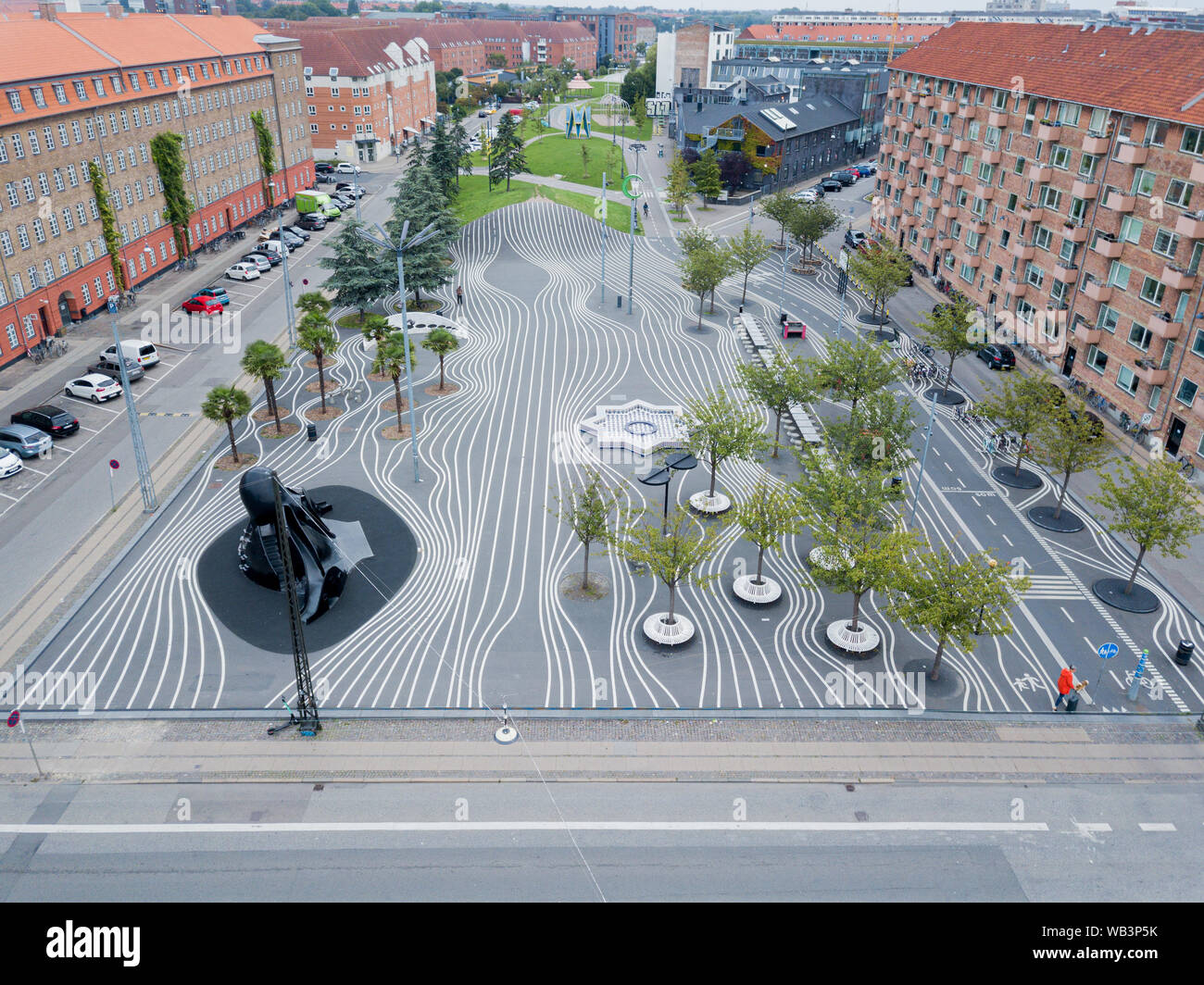
credit: alamy.com
The Cultural Centres of Zaha Hadid:
Architects like Zaha Hadid, who is renowned for her futuristic and sculpture designs, have also made contributions to this industry by building cultural hubs that have become recognisable landmarks for their towns. Their distinctive shapes and open spaces attract people, increasing access to art and culture and acting as potent lights in the city.
image source: urukia.com
A Future We’ve Designed
It is easy to see how contemporary cultural and social architecture is changing from a movement centred on aesthetics to one that is primarily concerned with the effects on people. In addition to looking ahead, today’s architects are building a built world that looks after us by designing with empathy, inclusivity, and a collaborative spirit. Great design can be the most effective means of creating a more compassionate and connected world, and these areas are a professional tribute to the idea that the quality of our communities directly affects the quality of our lives.
For more blogs like this CICK HERE
Reference

